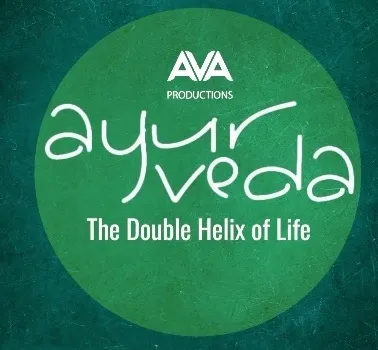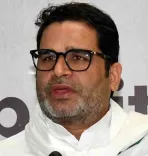Is Ayurveda the Double Helix of Life?

Synopsis
Key Takeaways
- Ayurveda is positioned as a complementary approach to modern medicine.
- The documentary highlights real-life testimonials and data-backed experiences.
- It advocates for collaboration between Ayurveda and allopathy.
- The film explores global perspectives on health and wellness.
- It emphasizes the need for a holistic approach to healthcare.
Mumbai, June 21 (NationPress): In an era that increasingly favors rapid medical solutions, “Ayurveda: The Double Helix of Life” transcends mere nostalgia for an ancient practice — it reinterprets it for contemporary society through the lenses of science, evidence, and empathy.
Helmed by National Award-winning filmmaker Vinod Mankara and produced by Dr. AV Anoop, the visionary behind the Medimix brand, this 90-minute documentary is not just a film; it is a clarion call. The title draws inspiration from the iconic double helix of DNA, positioning Ayurveda not as a rival to modern biology but as a complementary force, promoting balance, prevention, and a profound understanding of the synergy among body, mind, and lifestyle. What stands out is the film's expansive global narrative.
Filmed in diverse locations including India, Kenya, Germany, and the United States, it features patients, physicians, and researchers who advocate for integrative medicine not as zealots but as informed proponents. A particularly noteworthy segment examines an Ayurvedic perspective on maternal care, showcasing the soothing benefits of herbal remedies and oil therapies that mitigate complications and foster natural childbirth.
In Germany, practitioners are depicted blending Ayurveda with allopathic methods. However, the underlying tension is evident — the system is effective yet remains excluded from insurance coverage, recognition, and standardization. A poignant remark resonates: “It works — but it’s not recognized.” In a deeply moving segment, the daughter of a former Kenyan Prime Minister shares her partial restoration of vision through Ayurvedic treatment. This narrative is not a tale of miracles, but rather a data-supported experience, reinforcing the film’s core argument: that Ayurveda deserves a prominent role in global health discussions.
From a technical standpoint, the documentary excels with its polished, unobtrusive production. Mankara's direction maintains viewer engagement, while the seamless editing ensures each point is impactful yet concise. The choice of English as the primary language enhances accessibility while preserving cultural integrity.
Nevertheless, the film occasionally leans towards advocacy rather than inquiry, presenting a somewhat one-sided perspective. Yet, in a landscape where Ayurveda is often overlooked without adequate examination, such advocacy may be essential. Importantly, the film does not dismiss allopathy — it extends an invitation for collaboration, suggesting that the future of healthcare must be inclusive, sustainable, and grounded in both tradition and empirical evidence. In light of the pandemic and the rising prevalence of mental health issues, chronic diseases, and skepticism toward over-medicalization, “Ayurveda: The Double Helix of Life” emerges as a compelling, thought-provoking documentary. It does not guarantee answers — it prompts more profound inquiries.
For those who perceive Ayurveda as either antiquated or lacking scientific legitimacy, this documentary has the potential to shift perspectives. For those who have personally benefitted from its practices, it serves as a validation of a system that has quietly healed, comforted, and supported millions worldwide for generations. Verdict: A captivating, culturally rich yet universally relevant documentary that adeptly balances emotion with evidence, tradition with science. It is not solely about Ayurveda — it is about redefining the very essence of wellness. Now available for viewing on YouTube, “Ayurveda: The Double Helix of Life” is certainly deserving of your 90 minutes.









